8 Weeks Soccer Pre-Season Plan (Part 2)
Previous parts:
8 Weeks Soccer Pre-Season Plan (Part 1)
Physical Preparation Goals
Speaking of goals, what are the goals of Physical Preparation training component? That’s easy, right? Improving performance and reducing injuries. But what is improved performance and how do we judge it? To answer that we would again need to take a look at three-level analysis system.
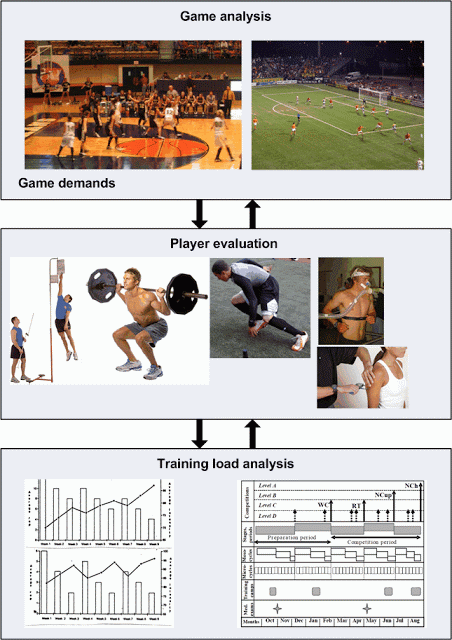
First level of analysis is game analysis and involves different types of analysis, one of which is important to physical preparation component and it is called time-motion analysis. Time-motion analysis provides times (distances and/or frequencies) of certain movement patterns that emerges during the game.
Without going into depths of time-motion analyses and their results, one of the interesting aspects of it is the total distance covered in a game and more importantly distance covered at higher intensities (since this makes a crucial distinction between higher and lower level of players) and its distribution over a game time. In the picture below taken from AWESOME article (the one that I will come back to numerous times and it is a must read) by Edwards and Noakes:
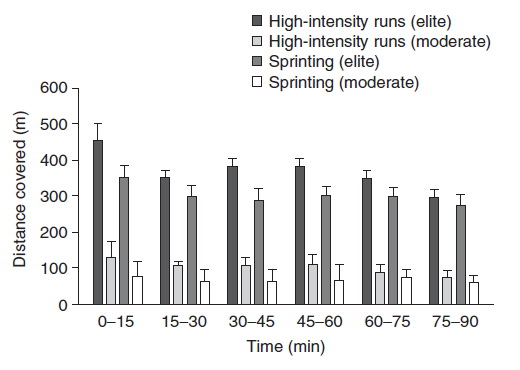
It can be seen from the picture that the difference between elite and moderate level soccer players is in the amount of high intensity activity during a game (even if they might have same total distance covered and VO2max). Also, it is important to maintain amount of high intensity activity toward the end of the game, especially the last 15 minutes where it is usual that most of the goals are given/get.
Thus, the improved performance (along with injury reduction) for physical preparation standpoint is in the improvements of the (1) quality of the high intensity activity (neuromuscular power) and (2) to maintain it longer and more often. All activities of physical preparation are thus aimed to reach those goals or improve TRANSFER to the game-match activity within those lines.
Another interesting and crucial concepts brought by Edwards and Noakes is the pacing strategy. Here is the quote from the paper:
Soccer players are well known to self-regulate match-play efforts according to numerous intrinsic and extrinsic factors such as their current fitness levels, the importance of the game, and positional and tactical considerations.The level of each player’s sustained cardiovascular stress during a match has also been shown to be positively related to pre-match aerobic fitness,[18] with better conditioned players more able to sustain a higher level of physical work throughout the full duration of the match and regulating core body temperature more effectively at a sustainable level.[15,16,18] This suggests that players modulate effort according to a subconscious strategy based on both pre-match (e.g. prior experiencein similar circumstances, fitness levels, match importance) and dynamic considerations during the game (skin temperature, accumulation of metabolites in the muscles, plasma osmolality and substrate availability). Each player’s perception of a developing cellular homeostatic disturbance consequently induces behavioural changes across all outfield positions (such as covering an opponent’s movement rather than intercepting, walking rather than jogging, or passing rather than dribbling) to limit physical efforts so as to avoid unsustainable elevations in physical discomfort at a premature stage of the match. As such, subconscious physiological factors influence conscious behavioural decisions to regulate effort.
In our own research we have shown that fatigue (you can read more about the fatigue in this blog entry and in papers by Ament et al. and by Marino et al.) affects pacing strategies of the players depending on the context (in this case position played). Thus, the fatigue that is developed during the game affects (by both conscious and un-conscious mechanism) pacing strategies of the players (in which case middle defenders are differently affected than middle fielders and forwards for example).
Ament et al. provided really good overview of current fatigue understanding in the table below:
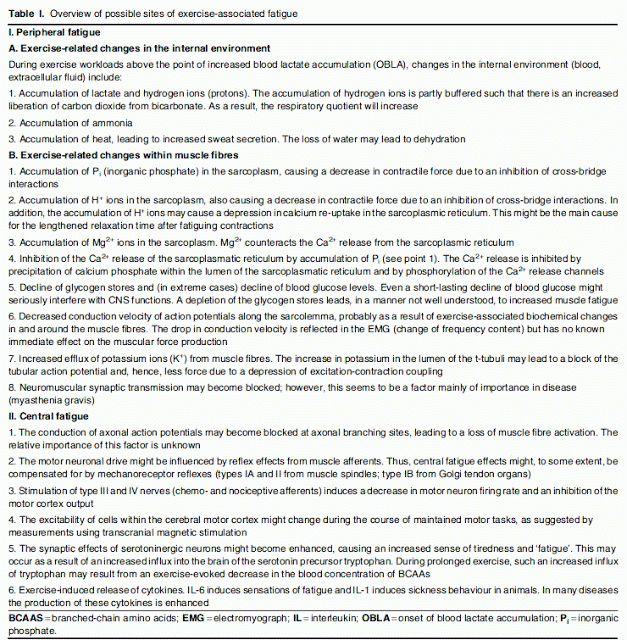
Edwards and Noakes proposed three complementary pacing strategies in soccer:

Thus along with decreasing fatigue (by increasing physical preparedness), the goal of training should be to improve pacing strategies of the players and different physiological factors will affect macro-pacing, meso-pacing and micro-pacing strategies within the game.
I know that this sound confusing, and that’s why I urge you to read mentioned papers.
Since the players with improved physical preparedness will be able to afford different pacing strategies, it is extremely important that they get used to playing. That’s why it is important to actually play while improving fitness. This goes well with the concept of affordances from ecological psychology and constraints-led approach to skill acquisition. Improved fitness will afford players the ability to improve pacing strategy, but to do it, they need to get attuned to improved physical preparedness by being involved in soccer playing. For example, increase vLT (velocity at lactate threshold or functional threshold) and vVO2max (velocity at maximum oxygen consumption), along with hydration status and nutritional status will afford players the ability to increase macro- and meso- pacing strategies, while improved RSA (repeated sprint ability, which is also related to vLT and vVO2max) and glycolytic power/capacity will afford players the ability to increase micro-pacing strategies. Anyway, to improve those pacing strategies it is not enough to only increase physical preparedness (along with, of course, technical skills and tactical-decision making), but also devise special training sessions specially aimed at improving pacing strategies by utilizing small-sided games and full-sided games (10v10). The importance of this concept can be seen in the fact that more advanced athletes compared to lower levels, along with having similar aerobic capabilities affords themselves better pacing strategies and show better performance.
The mentioned concept is of special importance in the last parts of the game where the fatigue builds up and thus players need to learn optimal pacing strategies to allow them to fulfill their tactical and strategic tasks and finish the game. The concept of pacing strategy goes well with the discussion of whether one should base training on individual characteristics of players or positional demands. Now you see why it is important to do BOTH of those concepts, since basing training on individual characteristics makes individualization easier in improving physical preparedness, yet basing training on positional demands allow improvements in specific pacing strategies of the players. We need to do both.
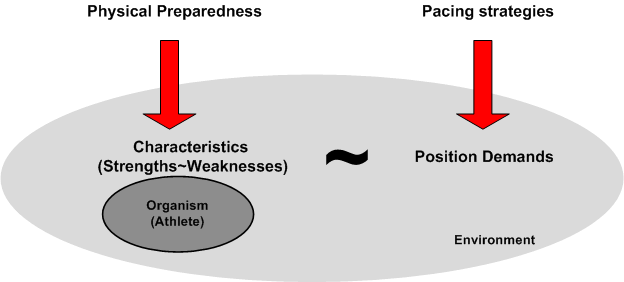
All of this goes well with the concept of complex training by Anatoly Bondarchuk, that allows the best transfer between training elements in such a small amount of time as is 8-weeks pre-season period. Here is the picture from Periodization Confusion article.

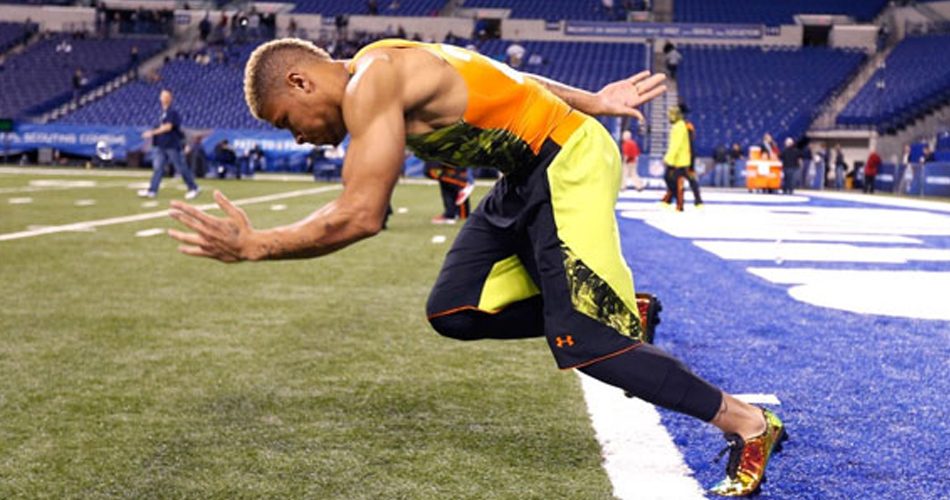


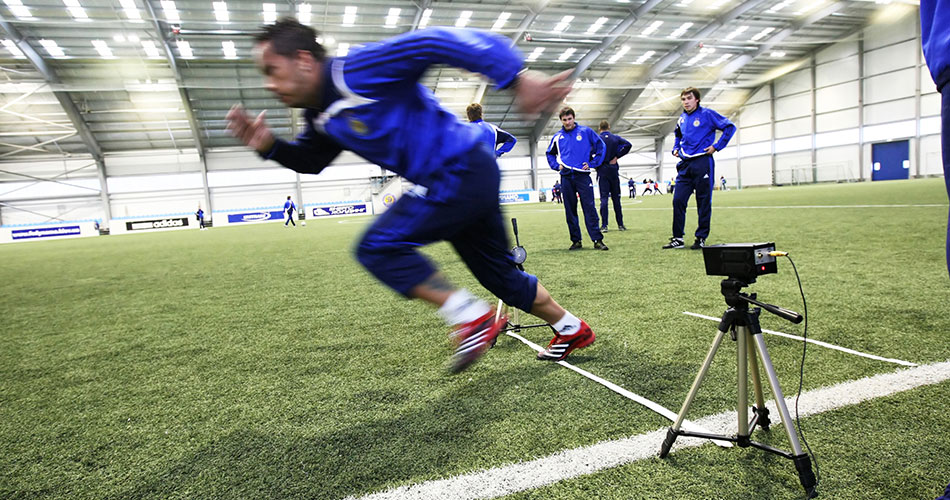






Responses